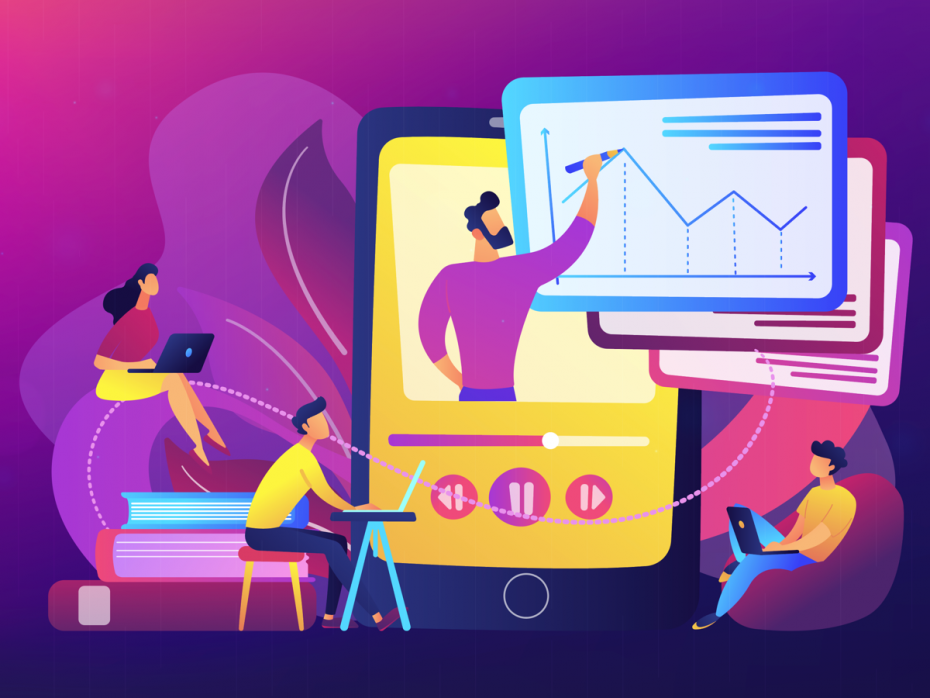Since the last academic year, our school has gradually adopted and implemented online teaching due to the pandemic situation brought on by Covid-19.
It was also during these unprecedented times that we discovered just how our students lack the necessary digital skills to complement their online learning. Today I will share three tips on how digital literacy of our pupils could be enhanced and what we could do as educators.
First, we introduce and encourage our students to make good use of a variety of online collaboration tools. You see, the main problems facing our students were that they couldn’t meet in person for group projects, or they couldn’t find a way that would allow them to work on the same file.
It is our responsibility as teachers to facilitate their learning through introducing and directing our students to the relevant tools. We encourage students to utilize Google Docs, Microsoft OneDrive to synchronize their work, and software like Zoom and Google Meet for real-time discussion and communication.
Second, we stress on how mobile apps could be of good use and could sometimes even substitute computers and laptops. We acknowledged that some students simply didn’t have the luxury of having their own laptop/computer. Some of them didn’t have a computer at home while some shared one laptop with their entire family.
We reckon, however, that almost every student owns a smart phone and therefore, we recommend students to take advantage of their smart phones. In the meantime, we also acquaint them with useful mobile apps such as Microsoft Office Lens, which is very user-friendly and practical for scanning documents, and other apps for word processing and photo and video editing; This way students won’t have to rely on their laptops as much.
Third, we write a How-to guide for the two tips mentioned above and simply distribute that to students. The guide consists of a list of recommended apps and software as well as the skills and procedures involved to navigate them. A well-prepared guide not only equips students with the necessary digital skills, but also saves so much time for teachers, because they hopefully won’t have to repeat the same procedures or explanation to students individually!
All in all, it is hoped that when these three tips are put into place, students’ digital literacy would be improved and as a result, more time could be spent on enhancing the quality of teaching and learning instead of solving repeating technical issues owing to students’ inadequate digital knowledge.
Speaker: Heidi Cheng, assistant lecturer of English and communication
Production team: Maurice Choi, principal lecturer; Sylvia Sze, senior lecturer; Candy Law, lecturer; Kan Cho, assistant lecturer and Samuel Hong, assistant lecturer, all from the Open University of Hong Kong.




comment